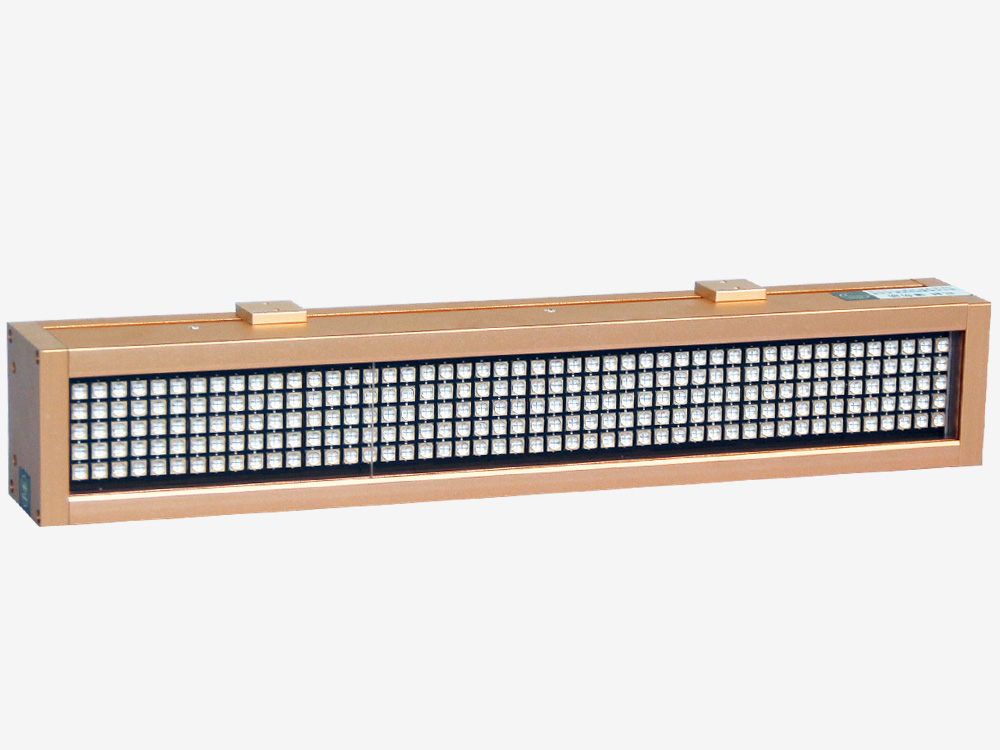In the electronics industry, for UV glue used for bonding plastic microphones, how can we know the wavelength of the LED UV curing ultraviolet lamp?
News 2022-06-16
In the electronics industry, the bonding of plastic components of microphones relies on the efficient curing of UV adhesives, and the selection of the wavelength of LED UV lamps directly affects the bonding quality and production efficiency. The core judgment criteria are as follows:
1.Matching of Adhesive and Photoinitiator
The photoinitiators in UV adhesives are sensitive to specific wavelengths. Conventional adhesives are mostly compatible with either 365nm (which has strong penetrability and is suitable for thick adhesive layers) or 395nm (which cures quickly and is suitable for thin layers). It is necessary to give priority to the wavelength recommendations of the adhesive manufacturer to avoid incomplete curing due to wavelength deviation.
2.Transmittance of Plastic Materials
Transparent/light-colored plastics have a high transmittance to the 395nm wavelength and can be cured quickly. Dark-colored/opaque plastics require the high-energy wavelength of 365nm or an extended irradiation time to ensure a deep-layer reaction.
3.Balance between Process Efficiency and Cost
395nm LED lamps have become the mainstream choice in the electronics industry because of their low energy consumption, long lifespan (more than 20,000 hours), and compatibility with most thin-layer adhesives. On the other hand, 365nm is suitable for special scenarios (such as the bonding of plastics containing UV absorbers or thick adhesive layers).
4.Necessity of Testing and Verification
If there is no clear data, it is necessary to compare the curing strength and time through small-sample tests. For example, at a 0.2mm adhesive layer, 395nm only requires 3 seconds, while 365nm may require 5 seconds but provides a stronger bond.
Conclusion: The electronics industry generally prefers 395nm LED lamps because they strike a balance among speed, cost, and material compatibility. However, it is necessary to make a comprehensive decision by considering the characteristics of the adhesive, the transmittance of the plastic, and the process requirements. If necessary, dual-wavelength equipment can be used to improve flexibility.

